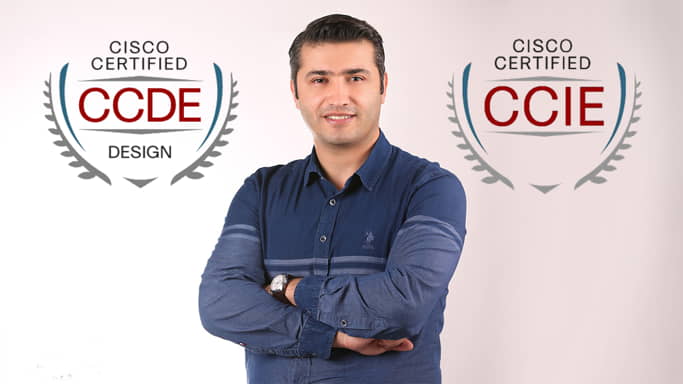
About the Author
OrhanErgun
He created OrhanErgun.Net 10 years ago and has been serving the IT industry with his renowned and awarded training.
Wrote many books, mostly on Network Design, joined many IETF RFCs, gave Public talks at many Forums, and mentored thousands of his students.
Today, with his carefully selected instructors, OrhanErgun.Net is providing IT courses to tens of thousands of IT engineers.
Share this Article
Subscribe for Exclusive Deals & Promotions
Stay informed about special discounts, limited-time offers, and promotional campaigns. Be the first to know when we launch new deals!